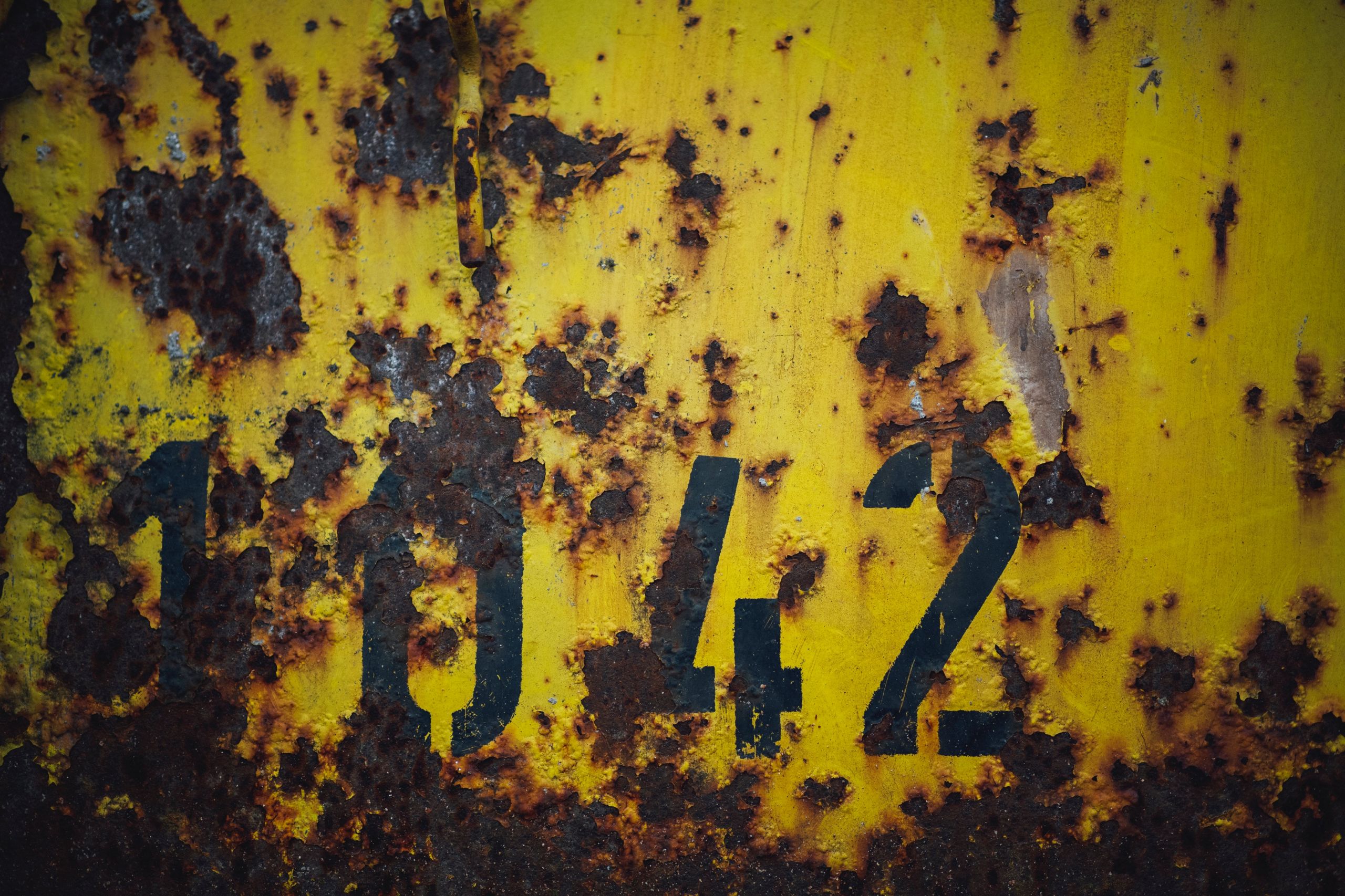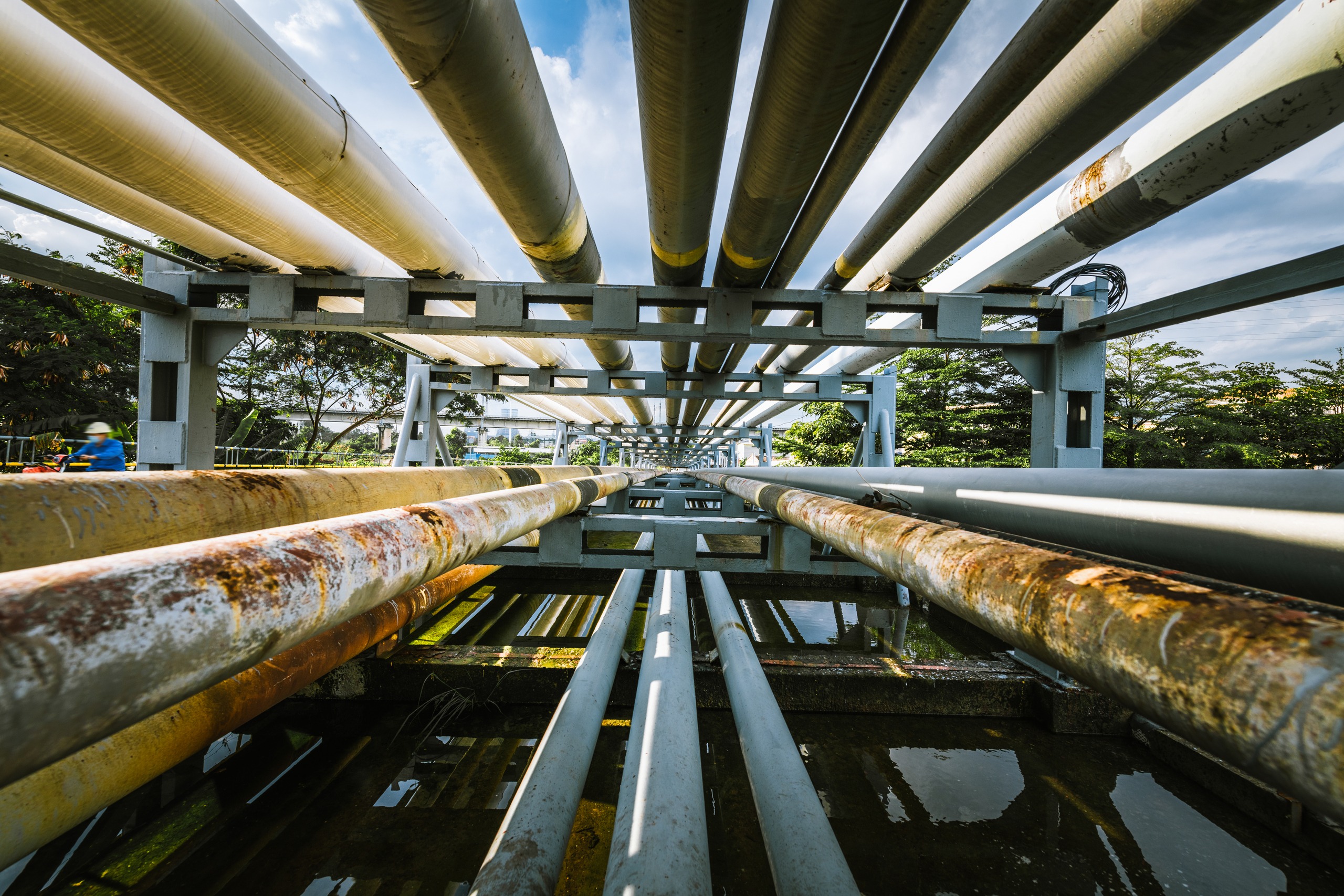Intro
Corrosion under insulation (CUI) is a pervasive problem in industrial process units that can lead to serious consequences if left unaddressed. It occurs when moisture becomes trapped between the insulation material and the metal surface, leading to accelerated corrosion. In this blog post, we will explore what CUI is, the risks it poses to process units, and the costs associated with it.
What is Corrosion Under Insulation?
Corrosion under insulation refers to the corrosion that occurs beneath insulation materials used to protect industrial equipment and pipelines. When moisture is present within the insulation, it creates a corrosive environment that can degrade the underlying metal. Factors such as temperature variations, insulation defects, and inadequate weatherproofing contribute to the occurrence of CUI. Common types of corrosion observed under insulation include uniform metal loss, localized pitting, and crevice corrosion.
Risks Posed by Corrosion Under Insulation
CUI poses significant risks to process units, jeopardizing their integrity and safety. Over time, the corrosion can weaken the metal, leading to equipment failure and potential leaks. Unplanned shutdowns for repairs can disrupt production schedules and result in significant financial losses. Furthermore, CUI can introduce environmental and health hazards, especially if corrosive substances leak into the surrounding environment or come into contact with personnel.
The Cost of Corrosion Under Insulation
Corrosion under insulation can have both direct and indirect costs for industrial facilities. According to NACE, the global cost of corrosion is $2.2 trillion worldwide each year, which represents around 3% of the Global GDP. From this cost, it is estimated that the cost of CUI represents 40% – 60% of pipe maintenance costs. These costs include expenses related to equipment replacement, repairs, and maintenance to address corrosion damage. Also, CUI has Indirect costs that encompass the impact on production efficiency and profitability due to unplanned shutdowns, reduced throughput, and increased energy consumption. The cumulative financial burden of CUI underscores the importance of effective management strategies.

Challenges and Bottlenecks in Managing Corrosion Under Insulation
Managing CUI presents several challenges that must be overcome to ensure its effective mitigation. The limited accessibility and visibility of insulated surfaces make it difficult to identify and assess the extent of corrosion. Traditional inspection techniques may not be suitable for detecting the early stages of CUI, which can lead to delayed intervention. Furthermore, managing CUI often involves navigating complex maintenance processes, coordinating multiple stakeholders, and ensuring the availability of specialized resources.
Best Practices for Effective CUI Management
To effectively manage corrosion under insulation, it is essential to adopt best practices. Regular inspection and maintenance protocols should be established, including the use of NDT techniques for early detection of CUI. Proper design and installation of insulation systems, considering factors like insulation thickness, weatherproofing, and insulation-to-metal compatibility, are crucial to prevent moisture entrapment. Training and awareness programs should be implemented to educate personnel on the risks and mitigation strategies associated with CUI. Furthermore, collaboration and information sharing within the industry can foster the development of standardized guidelines and lessons learned.
Conclusion
Corrosion under insulation is a hidden threat that demands attention in industrial process units. By understanding the risks, costs, challenges, and technological advancements associated with CUI, professionals can take proactive steps to mitigate its detrimental effects. Implementing best practices, leveraging advanced technologies, and fostering a culture of proactive maintenance is key to ensuring the long-term success and integrity of process units. Together, we can minimize the risks and costs of corrosion under insulation, enabling safer and more efficient industrial operations.

